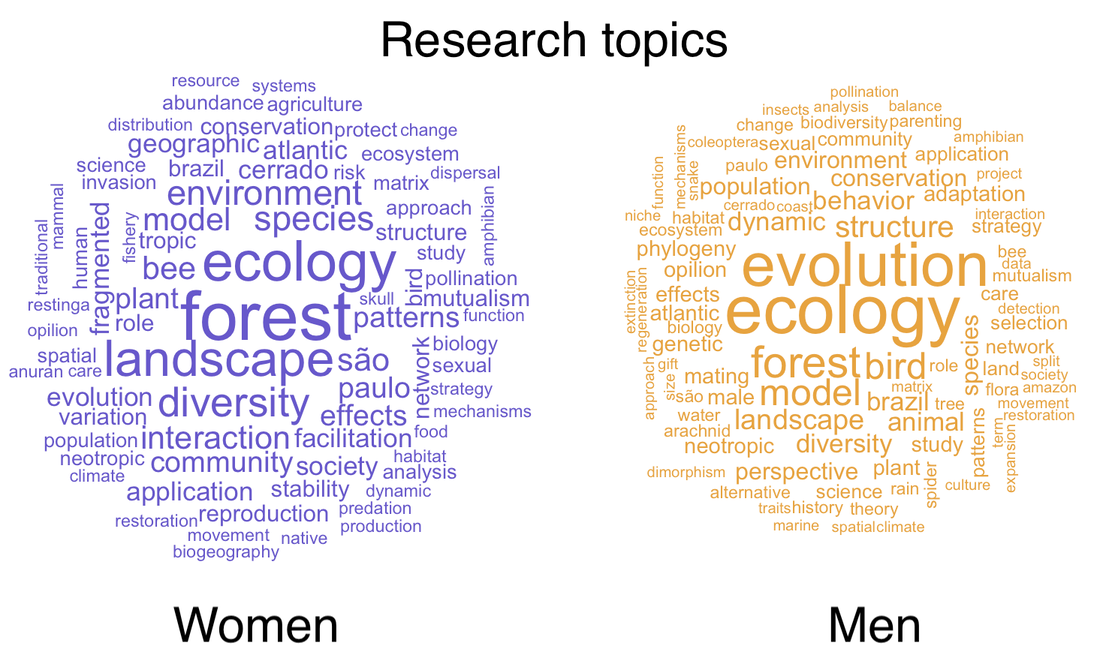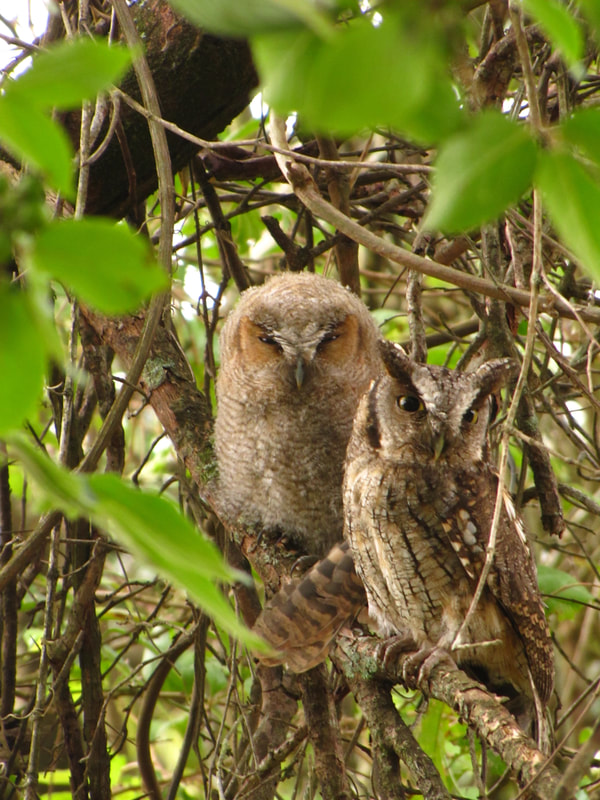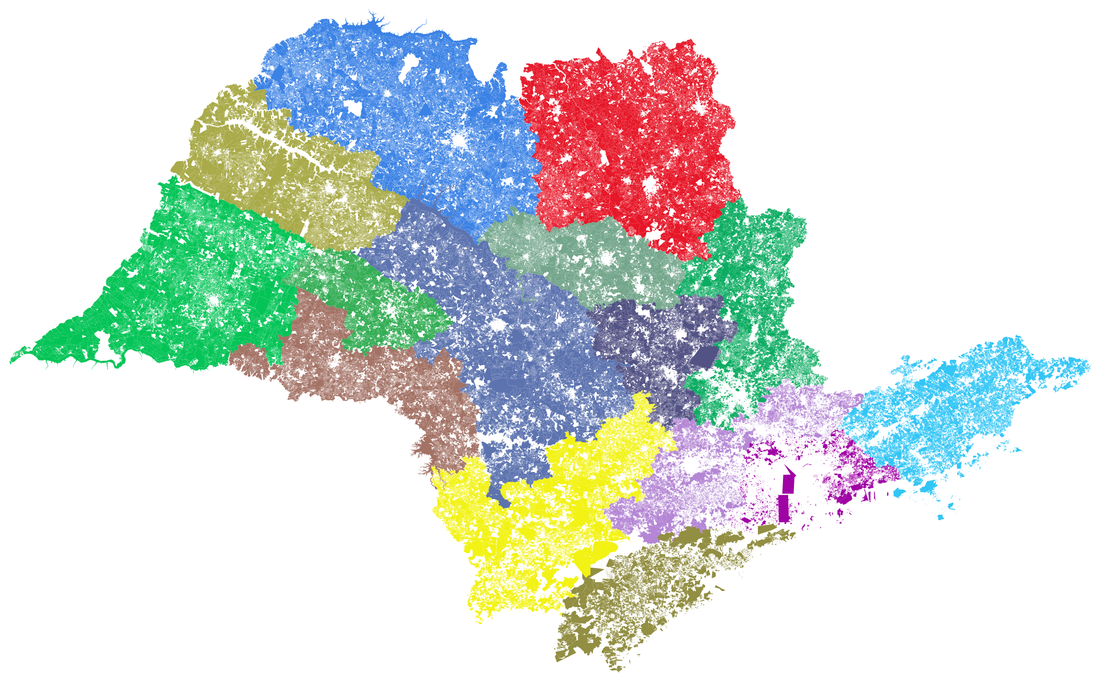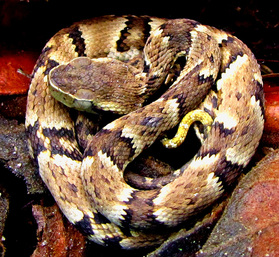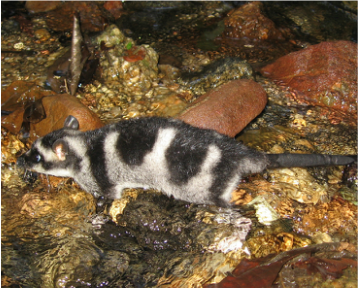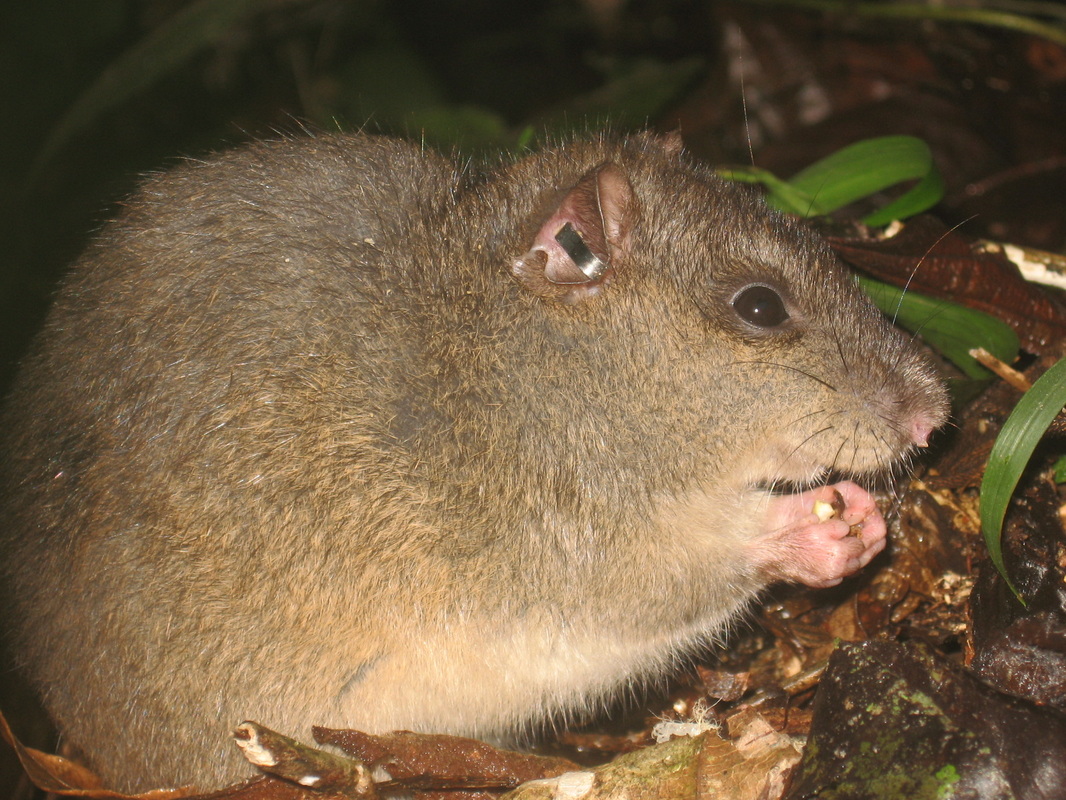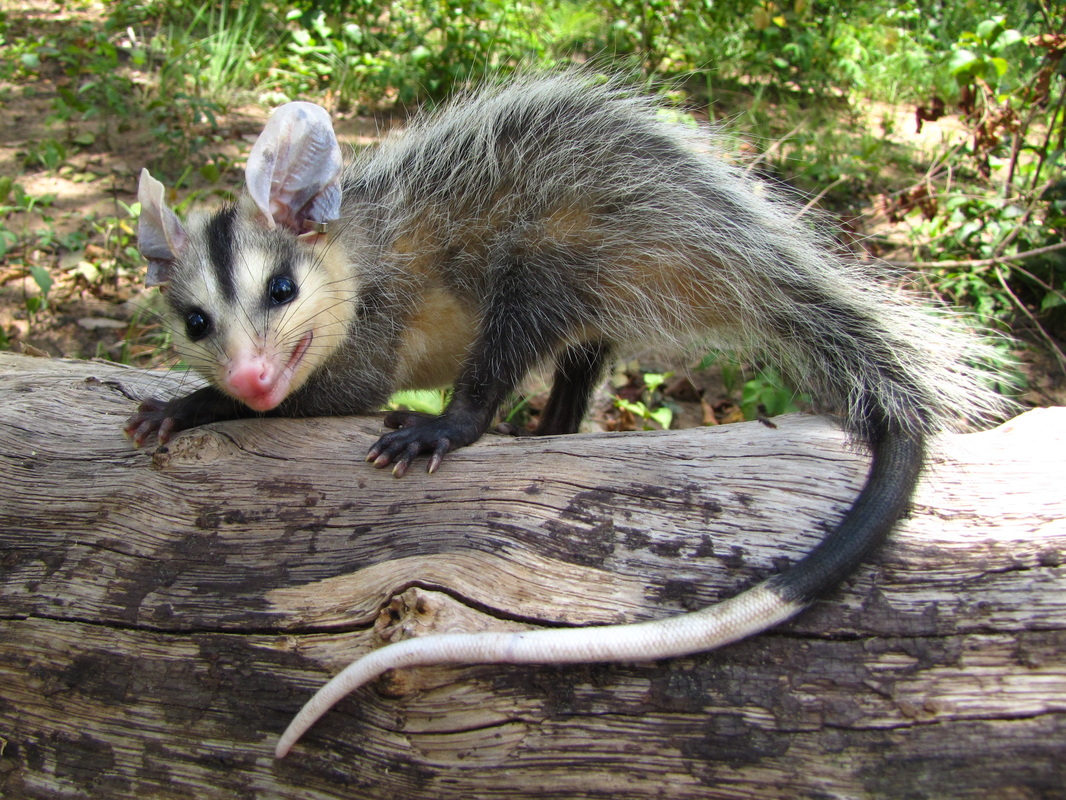Ongoing projects
|
|
Gender bias and indequalities in Ecology
As assistant editor of Oecologia Australis (OA), I participated in a recent paper investigating possible gender biases in OA in terms of number of editors, acceptance rates, reviewers and first authored papers. Recently, together with female researchers from the Graduate Program of Ecology at USP, we used long-term data (2008-2019) on the program's seminars to investigate possible gender biases in presenters, but specially in the size of the audience and the main topics or approaches of the work presented by women and men. Here is a video of the first results (in Portuguese). And here is the recorded video of a online event promoted by the collective IB-Mulheres (Bioscience Institute USP) about "Women in Science: a debate beyond representativeness" where we presented our most recent results to be debated. |
Finished projects
Embracing variability: the use of mixed effects models in Ecology
|
In my PhD, I studied the use of generalized linear mixed-effects models and variance partitioning techniques to understand assembly processes in ecological communities.
The first chapter was about landscape effects on the assembly processes of tropical birds in the fragmented Atlantic Forest, southeastern Brazil. We evaluated the influences of matrix quality in the relative importance of neutral (dispersal limitation an drift) and niche (environmental filter) structuring bird communities in a gradient of habitat cover at a local and landscape scale. In the second chapter, I intended to disentangle the relative contribution of species, space and time to the variability in tree vital rates. This project had an important collaboration with the ForestGEO network, involving researchers from the Smithsonian Institution (STRI and SERC), University of Princeton, University of Regensburg and, of course, University of São Paulo. |
Socioeconomic influences on nature conservation in private lands of São Paulo stateIn my MBA monograph, I was interested in explore some of socioencomic factors that might influence landowners in the maintenance of native vegetation patchs.
The project was mentored by Prof. Alexandre Igari (EACH-USP), in colaboration with Joaquim Alves da Silva Jr. and Adriane Calaboni. We used the database of the Rural Environmental Registry System of São Paulo (SICAR-SP), with geographical information of almost all private lands registered for the entire state. |
Community and Population Ecology of Ithomiini butterflies
l participated in the long term ecological monitoring of Ithominii butterflies at the Laboratory of Theoretical Ecology of Prof. Paulo Inácio Prado. Since 2013, monthly capture-mark-recapture sessions are taken in urban Altantic forest fragments at the University of São Paulo campus. |
Ecovirtual R Package and Portal
I colaborate in the organization of the website and the R package of the EcoVirtual project, headed by Prof. Alexandre Adalardo and Paulo Inácio Prado.
The package and website aims to teach Ecology and its theories through computational simulations. |
Vipers database
I have collected data about old world Viper species for the Laboratory of Vetebrates Ecology and Conservation - USP, led by Professor Márcio Martins. This database will be used to improve knowledge about Vipers distributions and its conservation status. |
Landscape Ecology Perspective in Restoration Projects for Biodiversity Conservation
This project was held in Laboratory of Landscape Ecology and conservation of Prof. Jean Paul Metzger.
We took a review aiming to provide an overview of how landscape ecology has been used in restoration projects in the last 15 years. This project is part of Dr. Leandro Tambosi´s research about restoration ecology in a landscape perspective. |
Ecology and Conservation of the Water Opossum
The water opussum, Chironectes minimus, is the only world´s semi-aquatic marsupial. This is a very secretive species, inhabiting small rivers from Mexico to Argentina.
This project (2004-2010) was conducted in the Laboratory of Ecology and Conservation of Populations UFRJ, of Prof. Fernando Fernandez, and was part of my undergrad and master degree projects. We aimed to study the species ecology, as home range, habitat/den selection, demography, and it is still the most complete information about this fascinating species. |
Ecology and conservation of semi-aquatic mammals in Atlantic forest streams
This project and the one above were conducted simultaneously. This project aimed to study the ecology of river otters Lontra longicaudis, water opossums Chironectes minimus and water rats Nectomys squamipes, and their interactions at the Águas Claras river basin, Rio de Janeiro, Brazil. |
|
